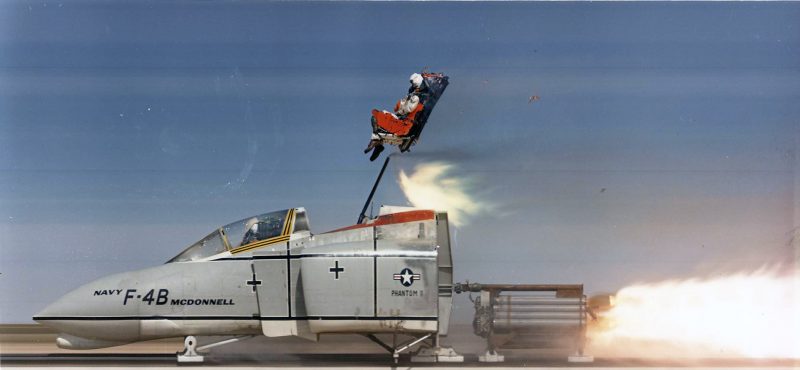As aircraft grew more powerful and capable of achieving ever greater speeds, the risks of simply bailing out over the side of the aircraft grew immeasurably.
An ejection seat is a special device designed to save the aircraft pilot’s life during an emergency. The most advanced models of ejection seats ensure maximal pilot safety at high altitudes and speeds. Since their invention, ejection seats have saved thousands of lives.
Parachutes were the first practical aircrew safety device, but at the beginning of the First World War, senior officers of the British Royal Flying Corps believed that they would reduce their pilot’s determination to continue in aerial combat.
The Germans thought differently and soon began equipping observation balloon crews with rescue parachutes.
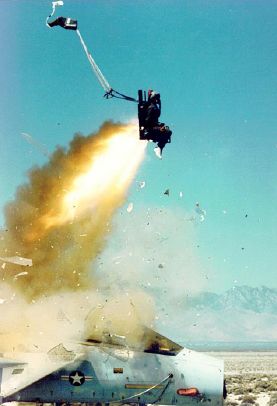
In the 1920s, survival in an aerial emergency required the pilot to disconnect their seat belt and jump clear (“bail out”) off the side of the aircraft before they could deploy their parachute and land safely. This method allowed rescue at speeds up to 250-300 mph (400-500 km/h).
Yet the crew’s chances of survival diminished significantly if the aircraft received aerodynamic damage that caused unusual airframe gyrations or g-forces. In particular, a number of aircrews were killed after colliding with the tail of the aircraft.
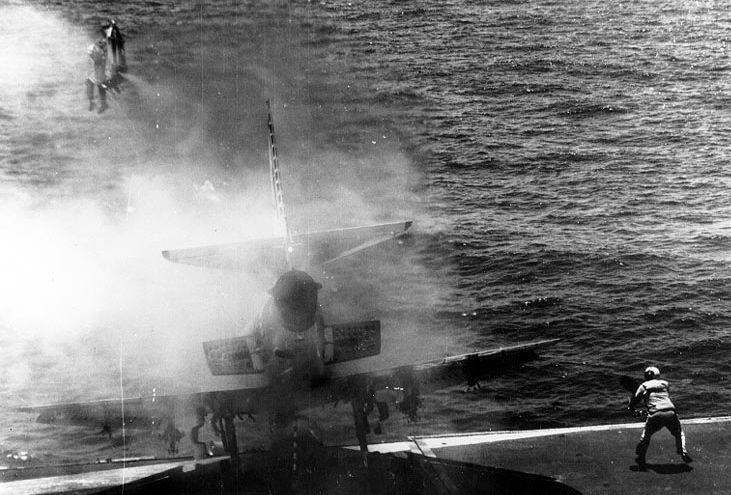
As aircraft grew more powerful and capable of achieving ever greater speeds, the risks of simply bailing out over the side of the aircraft grew immeasurably.
Additionally, aircraft design changes–especially for aircraft with propellers located to the rear of the crew compartment–were particularly dangerous and inspired a few inventive people to develop devices to safely and successfully remove the crew from the aircraft.
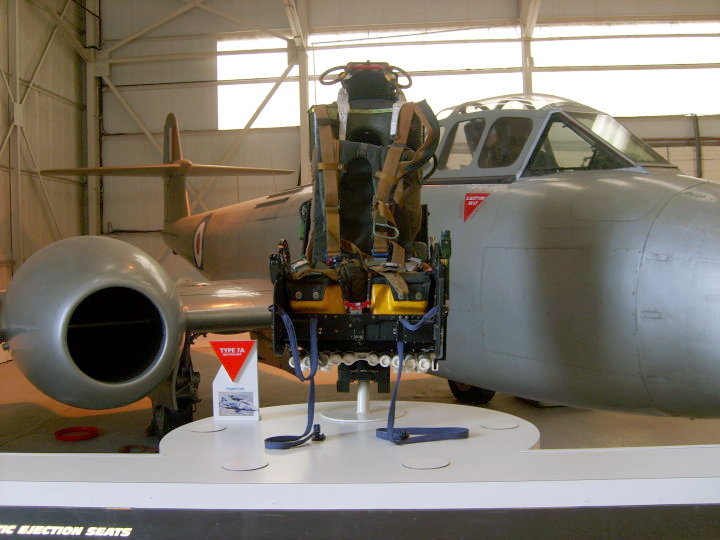
Romanian inventor, Anastase Dragomir is considered the inventor of the ejection seat. In the late 1920s, he and Tănase Dobrescu obtained a French patent for a “catapult-able cockpit”, a precursor to the modern ejection seat.
The Germans were the first to study the field of aviation safety. In the 1930s Germany developed a new generation of military aircraft during its military buildup. German engineers came up with a number of interesting ideas to ensure safe egress from a crippled aircraft.
The “boom” concept was one of their first ideas; in the event of an emergency, the pilot’s harness would be attached to a lever and a compressed spring to pull the pilot out of the cockpit.
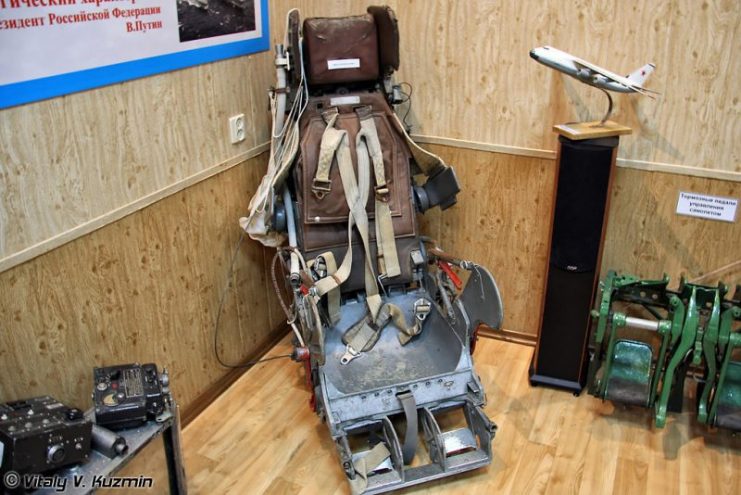
Another early idea was to place a compressed spring under the pilot’s seat which would force the pilot out through a manually-opened canopy. A clear disadvantage of this was that manually opening the canopy could be a difficult task, especially if the aircraft was disabled.
It is interesting that both of these early ideas were also separately conceived in the United Kingdom, albeit not until the end of the Second World War.
Swedish companies Saab and Bofors jointly developed explosively ejection seat. The seat was initially ground tested on a Saab 21 plane in 1943, while the first airborne test was conducted using a Saab 17 on February 27, 1944. The seat was first used outside testing scenarios on July 29, 1946.
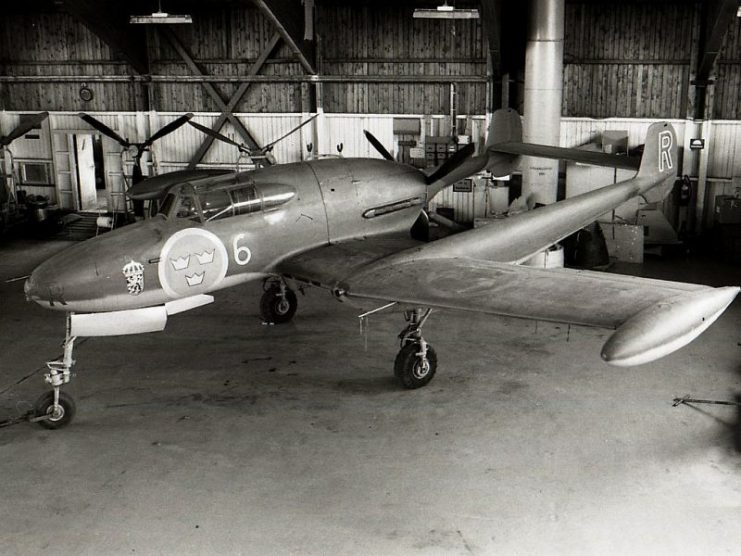
The Royal Air Force was also alarmed by their pilots being unable to escape their plane in an emergency since it degraded pilot morale. A famous incident occurred on January 4, 1944 in which a Royal Aircraft Establishment test pilot suffered engine failure at an altitude of 20,000 ft (6,100 m) in a prototype of the Meteor jet fighter.
The pilot tried to open the canopy, but the speed of the air forced it closed and severed the pilot’s left arm. He somehow managed to escape the aircraft, only to be knocked unconscious by the tailplane and was unable to regain consciousness before hitting the ground.
The first ejection seat used in a practical sense was during a test flight of a Heinkel He-280 jet fighter on January 13, 1942. The test pilot discovered he lost control of the aircraft at an altitude of 7,900 ft (2,400 m) and successfully deployed the compressed air-powered ejection seat. It wasn’t until the end of the Second World War that this event became known outside Germany.
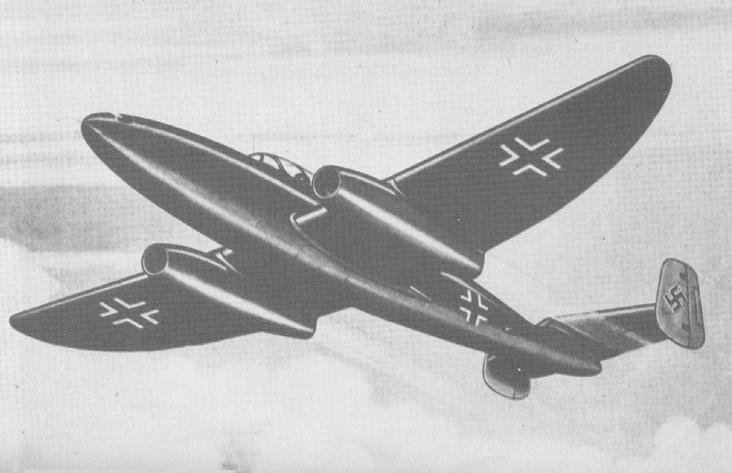
Read another story from us: 10 Luftwaffe Aircraft Certainly Gave the Allies Cause for Concern
The Luftwaffe performed over 60 emergency ejections by the end of the Second World War. However, compressed gas ejection systems were heavy and required the installation of heavy components to contain the gas at high pressures.
Ballistic systems were seen as the solution to this problem, but the necessary technology was insufficiently developed at the time.
At the end of the war the Allies managed to capture several German studies into ejection seat technologies which greatly aided American ejection seat research and development.
